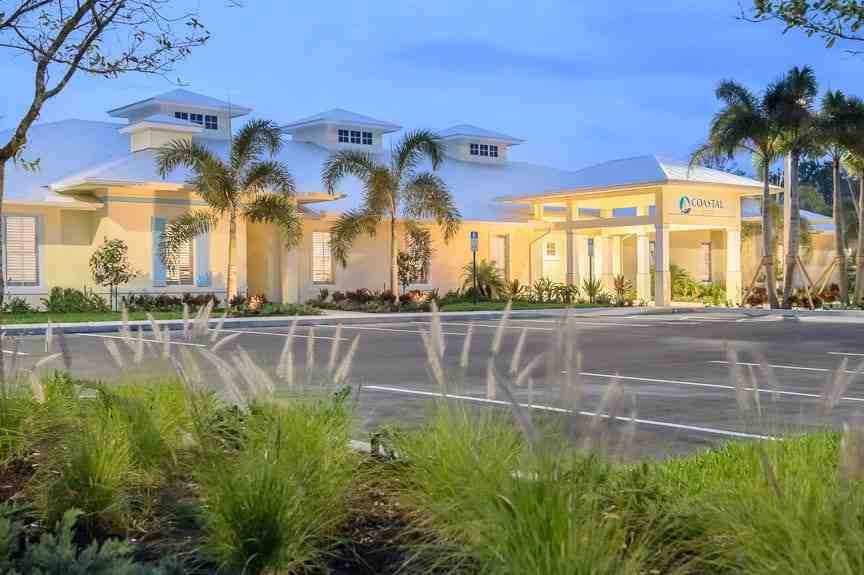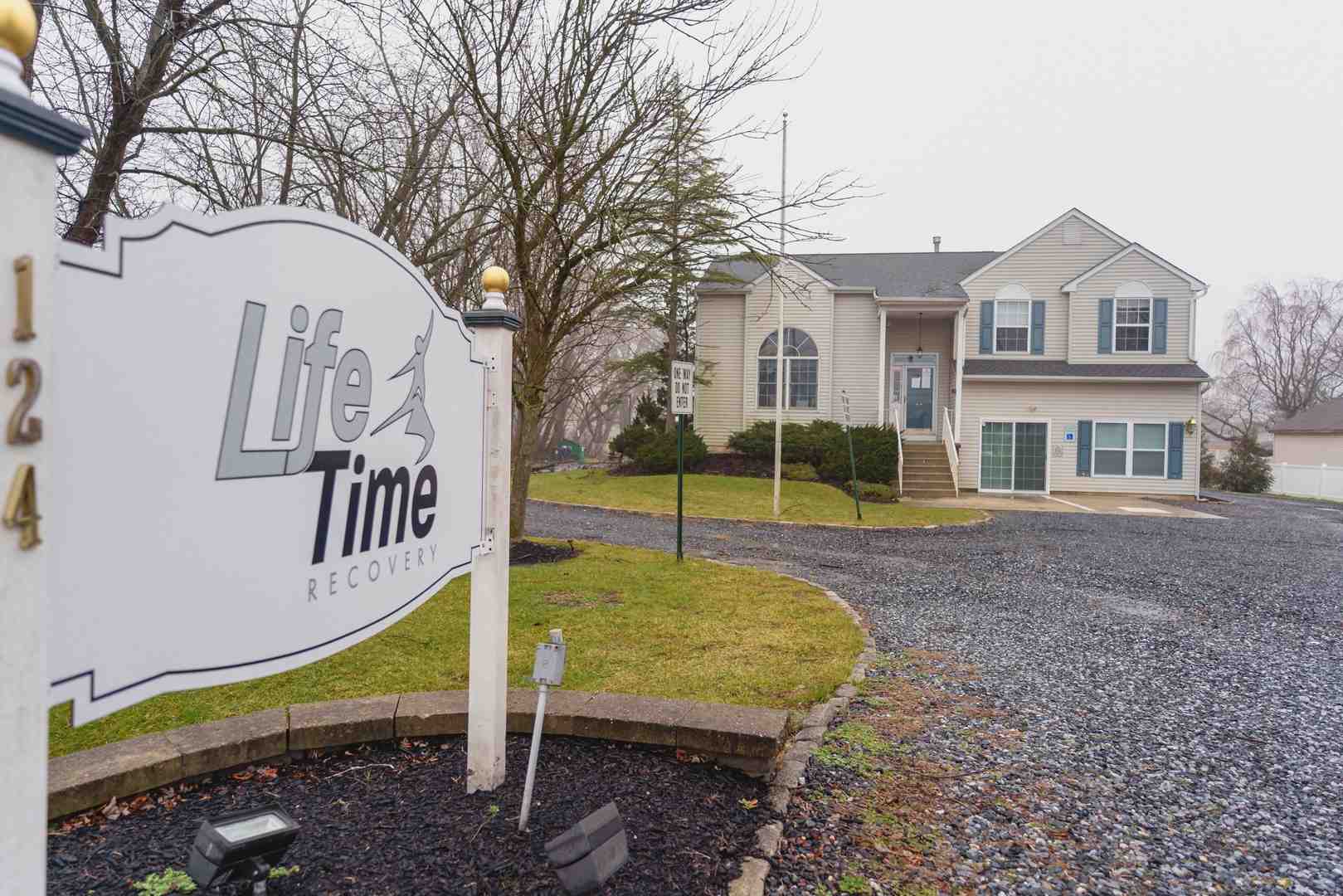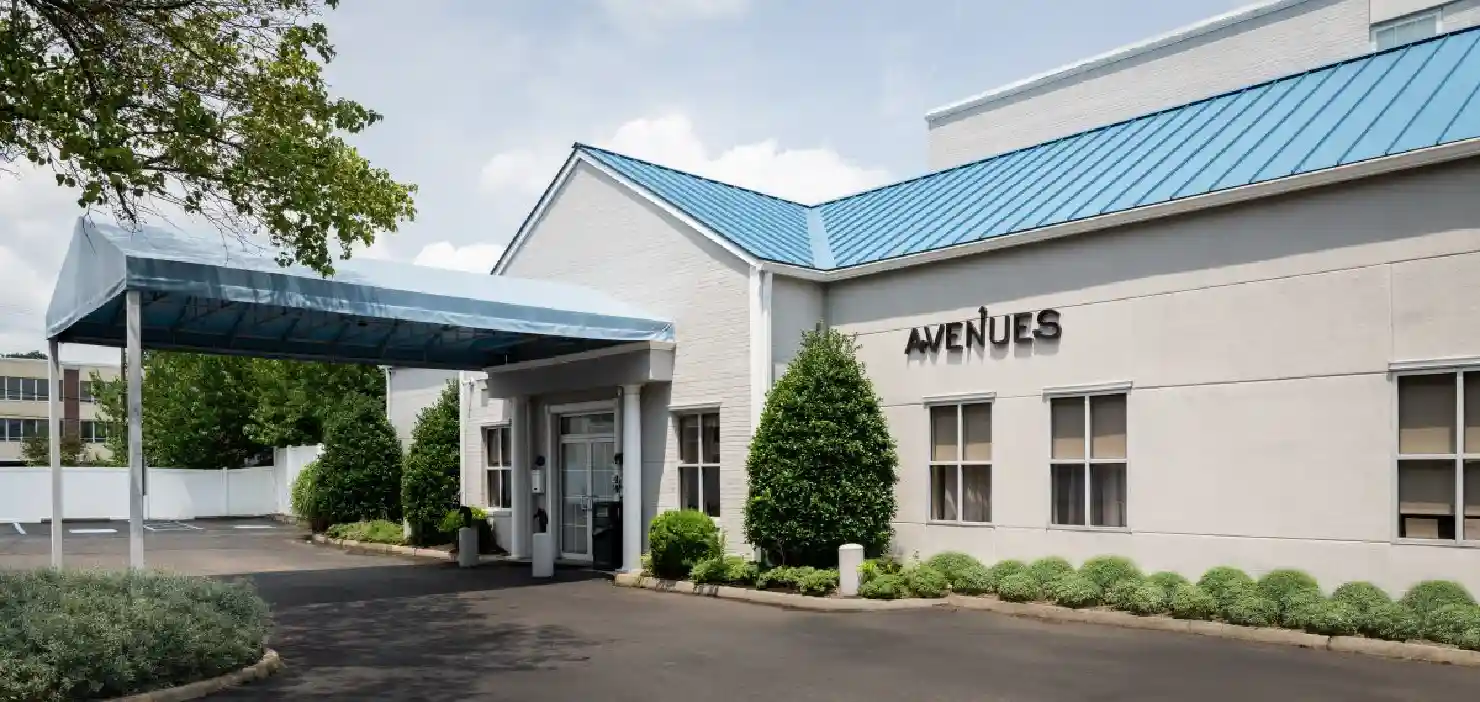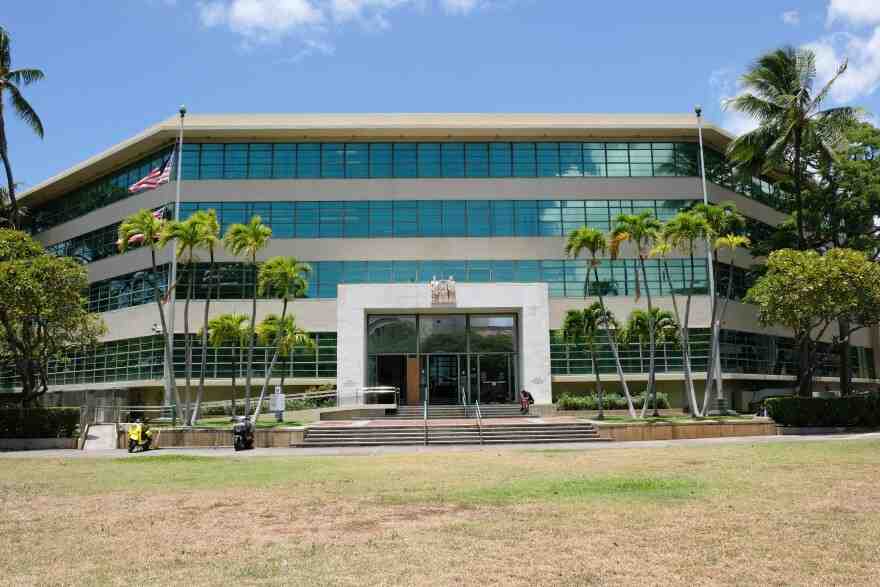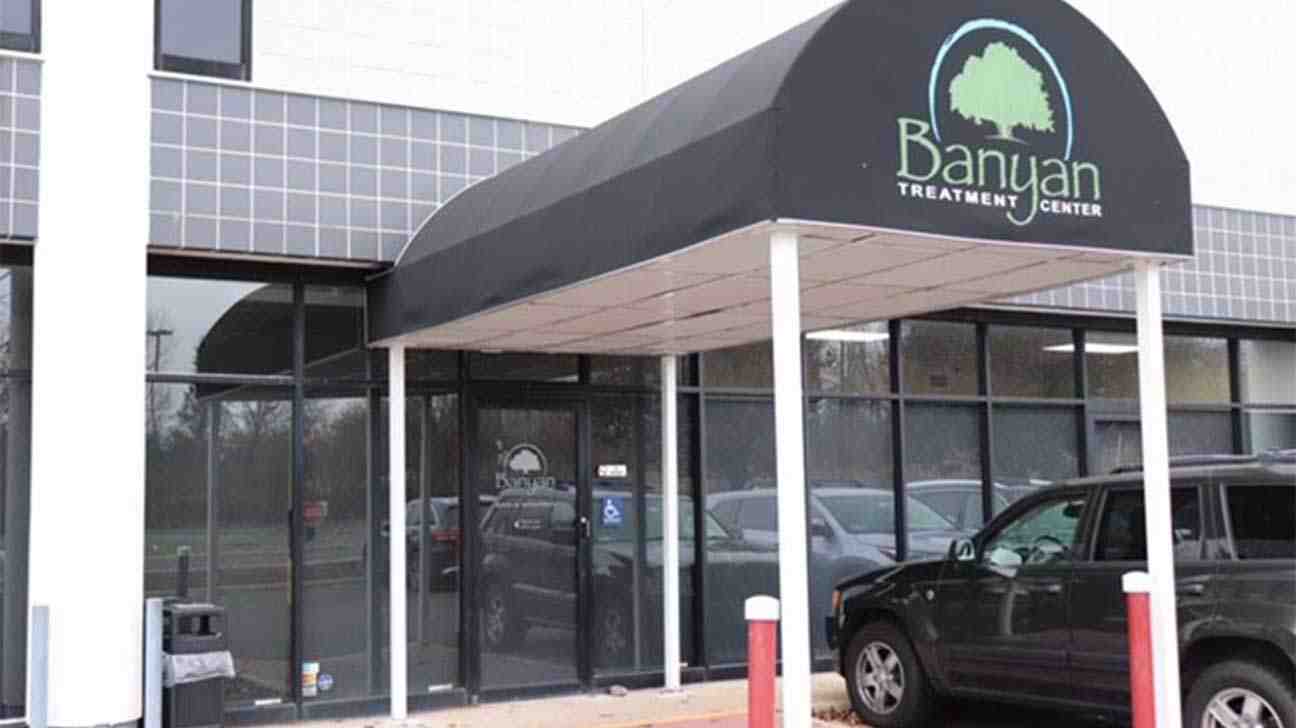
Finding Hope: Your Guide to Los Angeles Addiction Recovery
Top Alcohol & Drug Rehab Centers in Los Angeles, California offer a pathway to recovery for those struggling with substance use disorders. With 325 rehab centers across the city, LA provides extensive treatment options, but finding the right one can feel overwhelming.
Quick Answer: Key Factors for Choosing a Rehab Center in LA
- Levels of Care: Detox, inpatient/residential, outpatient (PHP, IOP), and sober living
- Accreditation: Look for Joint Commission or CARF certification
- Treatment Approach: Evidence-based therapies (CBT, DBT) plus holistic options
- Insurance: Most private PPO plans accepted; many centers don’t accept Medicaid/Medicare
- Cost Range: $6,000-$60,000 for inpatient (30-90 days); ~$5,000 for outpatient
- Dual Diagnosis: ~50% of people need treatment for co-occurring mental health conditions
- Specializations: Teen programs, LGBTQ+ care, executive treatment, luxury amenities
Los Angeles faces a sobering reality: approximately 1.6 million people in the metro area use illicit drugs annually, and the city saw 2,741 substance-related deaths in 2021. But behind these statistics is hope. Hundreds of treatment centers offer evidence-based care, from medical detox to long-term recovery support.
The challenge isn’t finding a rehab center; it’s finding the right one for your specific needs, budget, and circumstances. LA’s diverse landscape includes everything from standard facilities to luxury centers, with specializations for dual diagnosis, adolescents, LGBTQ+ individuals, and professionals.
This guide provides seven actionable tips to help you steer these choices with confidence. We’ll cover treatment levels, quality accreditations, costs, insurance, and how to identify what matters most for your recovery journey.
At Addiction Helpline America, we guide individuals and families through this critical decision, connecting them with Top Alcohol & Drug Rehab Centers in Los Angeles, California that match their needs. Our experience shows that informed choices lead to better outcomes—and recovery is absolutely possible with the right support.

Essential Top Alcohol & Drug Rehab Centers in Los Angeles, California terms:
Tip 1: Understand the Continuum of Care
Addiction treatment isn’t a single event but a spectrum of care. Understanding the different levels is an empowering first step in finding the right Top Alcohol & Drug Rehab Centers in Los Angeles, California. Where you start depends on the severity of your addiction, your health, and your home environment.

The typical continuum includes:
- Medical Detox: Safe, supervised withdrawal management.
- Inpatient/Residential Rehab: 24/7 support while living at a facility.
- Partial Hospitalization Program (PHP): Structured daytime treatment while living at home or in sober living.
- Intensive Outpatient Program (IOP): Fewer hours than PHP, offering more flexibility for work or school.
- Outpatient Programs: Regular therapy sessions while living at home.
- Sober Living Homes: Supportive, substance-free housing during early recovery.
Each level serves a specific purpose. To explore more options, visit our page on California Addiction Treatment.
The First Step: Medically Supervised Detox
For many, recovery begins with medical detox. This is about stopping substance use safely under professional supervision. Withdrawal from certain substances, especially alcohol and benzodiazepines, can be dangerous or even life-threatening without medical support.
A medical detox program provides 24/7 medical supervision to manage withdrawal symptoms, often with medication to ease discomfort and prevent complications. It offers a safe, controlled environment, typically for 3 to 7 days, to establish a stable foundation before beginning therapeutic work.
Inpatient vs. Outpatient: Choosing the Right Intensity
After detox, you’ll choose between inpatient and outpatient care.
Inpatient residential rehab is an immersive experience where you live at the facility, removed from triggers. It provides 24/7 support and a structured schedule of therapy and wellness activities. This intensive environment is often recommended for severe addictions, co-occurring mental health disorders, or those needing a complete change of environment. Programs typically last 28, 60, or 90 days.
Outpatient programs allow you to live at home while attending scheduled treatment sessions. This offers greater flexibility to maintain work, school, or family obligations. Outpatient care is suitable for milder addictions or as a step-down from inpatient treatment. Intensive Outpatient Programs (IOPs) offer a structured yet adaptable path, usually lasting 3 to 6 months.
Finding a program that matches your needs is key. At Addiction Helpline America, we help you assess which level of care is right for your situation.
Tip 2: Look for Custom Therapies and Approaches
There is no one-size-fits-all solution to addiction. Your history, strengths, and circumstances are unique, and your treatment should be too. The most effective Top Alcohol & Drug Rehab Centers in Los Angeles, California create personalized treatment plans, not generic protocols.
Finding a Center for Co-Occurring Disorders
About 50% of individuals with substance use disorders also have a co-occurring mental health condition, such as anxiety, depression, PTSD, or bipolar disorder. This is often called a “dual diagnosis.” Treating the addiction without addressing the underlying mental health issue is often ineffective.
When both conditions are present, you need a treatment center that provides integrated care, addressing both simultaneously. You can learn more from the National Institute of Mental Health’s information on co-occurring disorders. Finding a facility specializing in dual diagnosis can be the difference between temporary sobriety and lasting recovery.
Exploring Evidence-Based and Holistic Therapies in Top Alcohol & Drug Rehab Centers in Los Angeles, California
The best treatment programs combine evidence-based therapies (backed by scientific research) with holistic approaches that support overall well-being.
Key evidence-based therapies include:
- Cognitive Behavioral Therapy (CBT): Helps identify and change negative thought patterns that lead to substance use.
- Dialectical Behavioral Therapy (DBT): Teaches skills for managing intense emotions and improving relationships.
- Eye Movement Desensitization and Reprocessing (EMDR): Helps process traumatic memories that may drive addictive behaviors.
- Acceptance and Commitment Therapy (ACT): Focuses on accepting difficult feelings while committing to value-driven actions.
Holistic therapies that support recovery include:
- Yoga and meditation: Reduce stress and build mindfulness.
- Nutrition counseling: Restores physical health and supports mental well-being.
- Art and music therapy: Provide creative outlets for expressing emotions.
Some centers also offer advanced treatments like neurofeedback or Transcranial Magnetic Stimulation (TMS) for co-occurring conditions. The best centers thoughtfully combine these therapies into a personalized plan that leads to lasting recovery.
Tip 3: Verify Accreditations for Quality and Safety
When seeking help, you need to know the facility you choose meets high standards for quality and safety. Accreditations are objective seals of approval from independent organizations that evaluate treatment centers. For families researching Top Alcohol & Drug Rehab Centers in Los Angeles, California, checking for accreditation is a non-negotiable step to ensure a facility prioritizes patient safety and ethical practices.

Why Joint Commission Accreditation Matters
The Joint Commission is the gold standard in healthcare accreditation. Facilities that voluntarily seek this accreditation are held to the highest standards. Evaluators examine everything from staff qualifications and treatment protocols to facility safety and patient rights. Choosing a Joint Commission accredited facility means selecting a center committed to improved patient safety, high performance standards, and better treatment outcomes.
Checking California State Licensing
Beyond national accreditations, every facility must hold a valid California state license from the California Department of Health Care Services (DHCS). This is required by law and confirms the center meets the state’s minimum operational standards for safety, staffing, and patient care.
Unlicensed facilities can be dangerous, employing unqualified staff or using unproven methods. You can verify any facility’s license through the DHCS GeoHub database: Search for a licensed facility in California. If a center cannot provide a valid license number, consider it a major red flag.
At Addiction Helpline America, we only connect individuals with properly licensed and accredited facilities to ensure you receive safe, effective treatment.
Tip 4: Decode the Costs and Insurance Coverage
While cost is a significant concern, treatment should be viewed as an investment in reclaiming your life, especially when compared to the financial, personal, and health costs of untreated addiction.
Factors That Influence the Cost of Treatment
Treatment costs vary based on several factors:
- Level of Care: Inpatient and detox are more expensive than outpatient programs due to 24/7 medical supervision.
- Program Length: A 30-day inpatient program can range from $6,000 to $20,000, while 60- or 90-day programs can cost $12,000 to $60,000. A typical three-month outpatient program costs around $5,000.
- Amenities and Location: Luxury Top Alcohol & Drug Rehab Centers in Los Angeles, California with private rooms, chef-prepared meals, and wellness services have higher price points.
- Specialized Treatments: Programs for dual diagnosis or those using advanced therapies like EMDR may have additional costs.
Using Insurance to Pay for Top Alcohol & Drug Rehab Centers in Los Angeles, California
The Affordable Care Act made addiction treatment an essential health benefit, so most insurance plans offer some coverage. Private PPO insurance from providers like Anthem Blue Cross, Aetna, and Cigna is widely accepted at many LA rehab centers.
However, it’s important to note that many private and luxury centers do not accept state-funded insurance like Medicaid, Medicare, or California’s Medi-Cal. Always call the admissions team to verify your specific benefits, as coverage varies widely even within the same provider. At Addiction Helpline America, we can help you understand your coverage and find centers that accept your plan.
Finding Affordable Rehab Options
If insurance is not an option, don’t lose hope. Affordable pathways to treatment exist:
- Publicly Funded Programs: Los Angeles County offers free or low-cost treatment for qualifying individuals, though waitlists can exist.
- Sliding Scale Payments: Some centers adjust costs based on your income and ability to pay.
- Scholarships and Grants: Nonprofits and some treatment centers offer financial aid.
- Payment Plans: Many facilities allow you to spread the cost of treatment over time.
Tip 5: Choose the Right Environment for You
Where you heal can be as important as how you heal. The right environment helps you feel safe and focused on recovery. When researching Top Alcohol & Drug Rehab Centers in Los Angeles, California, you’ll find a wide spectrum of settings, from basic to resort-like. The key is to match your personal preferences with a setting that supports your journey.
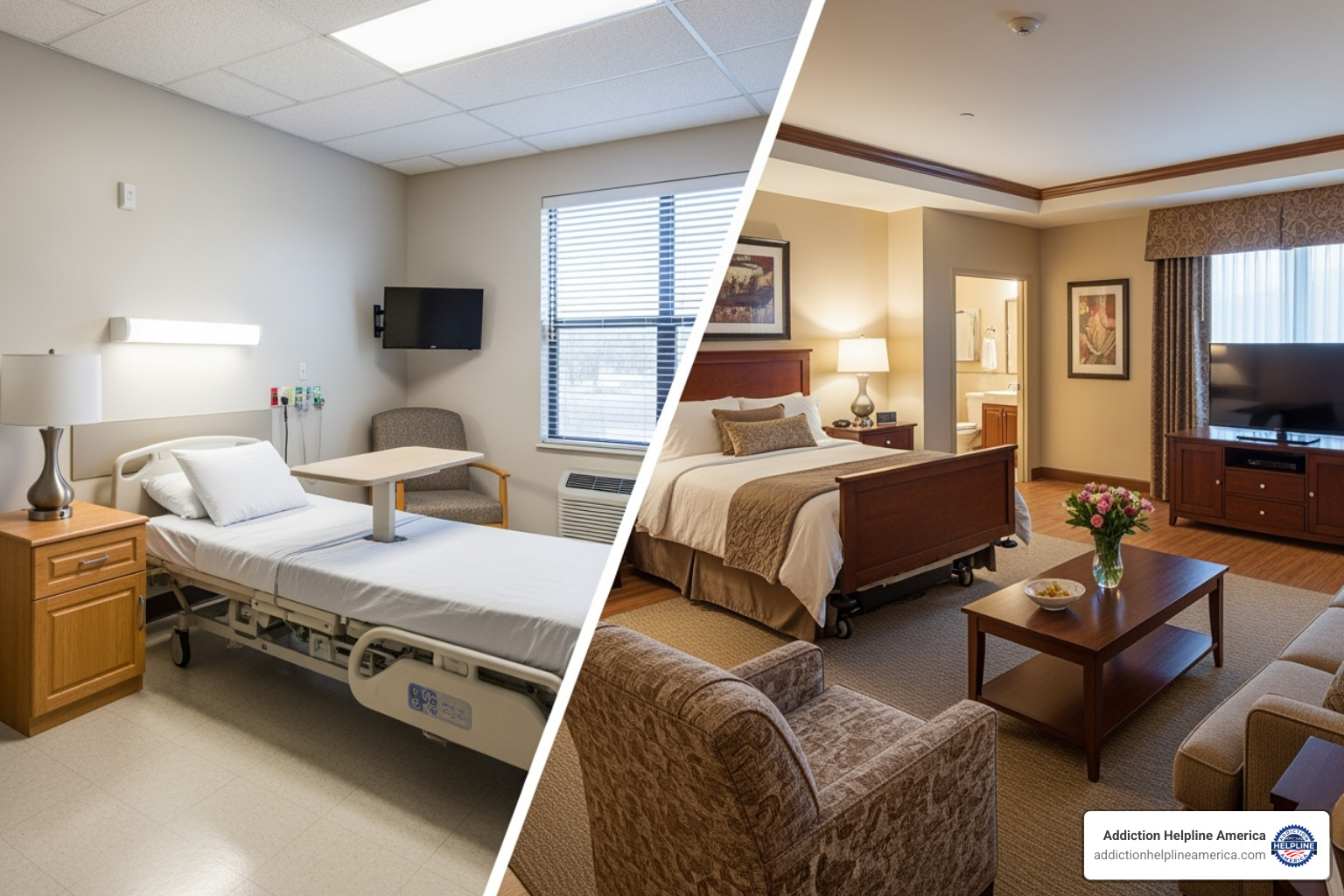
Standard vs. Improved Amenities: What’s the Difference?
Standard facilities provide all the essentials for recovery: comfortable accommodations, nutritious meals, and a structured clinical program. They focus resources on excellent therapy rather than extras, which helps many people focus solely on healing.
Improved and luxury centers offer a different experience, with amenities like private rooms, gourmet meals, and extensive wellness services (spas, fitness centers, pools). Locations in the Hollywood Hills or Malibu provide serene settings. For example, Carrara Treatment describes its centers as “ultra-luxury,” integrating a spa into treatment to build self-esteem. While not inherently better, a comfortable environment can remove barriers to engagement for some individuals, especially professionals who may need privacy and access to electronics.
Specialized Programs for Unique Populations
Many Top Alcohol & Drug Rehab Centers in Los Angeles, California offer programs custom to specific groups:
- Teen and adolescent programs use age-appropriate approaches to address issues like peer pressure and family dynamics.
- LGBTQ+ affirming care provides a safe, inclusive environment with therapists who understand the intersection of identity and substance use.
- Executive and professional programs offer discreet treatment with flexibility for career responsibilities.
- College student programs, such as those at USC Outpatient Center and Residential Collegiate Recovery Community, CSULA, and Counseling and Psychological Services Occidental College, address the unique pressures of academic life.
The best environment is one where you feel supported and able to focus on recovery.
Tip 6: Create a Shortlist of Potential Centers
With 325 rehab centers in Los Angeles, the options can be overwhelming. By applying the previous tips, you can narrow this down to a manageable shortlist of facilities that are right for your unique situation.
A Step-by-Step Guide to Vetting Centers
- Start with Self-Assessment: Honestly evaluate your needs. What substances are involved? Do you have a co-occurring mental health condition? What is your budget and insurance situation? Do you need an inpatient or outpatient setting? Answering these questions helps you identify your core requirements.
- Conduct Focused Research: Look for Top Alcohol & Drug Rehab Centers in Los Angeles, California that match your criteria. Verify accreditations (Joint Commission, CARF) and state licensing. Review the therapies offered (CBT, DBT, dual diagnosis) and read testimonials with a critical eye, looking for patterns in feedback.
- Make Direct Contact: Speak with the admissions teams of your top contenders. This is your chance to get a feel for the center’s culture, verify information, and get specific answers about costs, insurance, and treatment.
Key Questions to Ask an Admissions Team
When you call, be prepared. A good admissions team will be patient and transparent. If you feel rushed or dismissed, that’s a red flag. Here are essential questions to ask:
- What levels of care do you offer? (Detox, inpatient, PHP, IOP, etc.)
- What is your treatment philosophy? (12-step, non-12-step, holistic, etc.)
- Are you licensed and accredited? (Ask for specifics: Joint Commission, CARF, and state license number.)
- What types of insurance do you accept? (Be specific about your plan and ask if they are in-network. Clarify if they accept Medicaid/Medi-Cal.)
- What is the client-to-staff ratio? (Lower ratios often mean more personal attention.)
- What does a typical day look like in your program?
- What specialized therapies or programs do you offer? (Dual diagnosis, EMDR, trauma therapy, etc.)
- What aftercare support do you provide? (Alumni programs, sober living recommendations, etc.)
- What is the cost, and what payment options are available? (Ask about payment plans, sliding scales, or scholarships.)
- Do you have programs for specific populations? (Teens, LGBTQ+, executives, etc.)
- How do you involve family in the treatment process?
At Addiction Helpline America, we can guide you through this vetting process, helping you ask the right questions to find a center where you can heal and build a foundation for lasting sobriety.
Tip 7: Prioritize Aftercare and Long-Term Support
Completing a rehab program is not a finish line; it’s the beginning of the next phase of recovery. Addiction is a chronic condition requiring ongoing management. The best Top Alcohol & Drug Rehab Centers in Los Angeles, California integrate aftercare planning into your treatment from day one.
Aftercare is a safety net that helps prevent relapse and provides accountability as you transition back to daily life, with its old triggers and stressors. It is an essential component of long-term success.
Transitioning with Sober Living and Alumni Programs
Sober living homes bridge the gap between inpatient rehab and independent living. They provide a safe, substance-free, structured environment with house rules, drug testing, and peer support. Living with others in recovery creates a valuable community as you reintegrate into work or school. Los Angeles has many options, including facilities like Epiphany Sober Living Los Angeles CA and Portals House Los Angeles CA.
Alumni programs keep you connected to a supportive network long after treatment. These programs offer social events, mentorship, and online communities, providing a built-in social circle of people committed to sobriety. This connection reminds you that recovery is sustainable and worth the effort.
Finding Community in Support Groups
Connection is a powerful tool in recovery. Los Angeles has a robust network of support groups meeting daily.
- Alcoholics Anonymous (AA) and Narcotics Anonymous (NA) are well-known 12-step programs offering fellowship and a structured path to sobriety. You can Find an AA meeting near you at almost any time of day.
- SMART Recovery is a non-12-step alternative based on cognitive behavioral principles and self-empowerment.
Support groups provide a safe space to share struggles without judgment. If the first group isn’t a fit, try another. The goal is to find a community where you feel comfortable and connected.
For families, Al-Anon Family Groups offer crucial support. If you’re supporting someone in recovery, Al-Anon for families provides community and coping strategies.
At Addiction Helpline America, we connect you with centers that build comprehensive aftercare plans to set you up for lasting success.
Frequently Asked Questions about Finding Rehab in LA
These are some of the most common questions we hear about finding addiction treatment in Los Angeles.
How much does rehab in Los Angeles typically cost?
Costs vary widely. A 30-day inpatient program can range from $6,000 to $20,000, with 90-day or luxury programs costing $60,000 or more. Outpatient programs are more affordable, typically around $5,000 for a three-month program. State-funded and nonprofit centers offer free or low-cost options for those who qualify, and many facilities provide payment plans or sliding scale fees.
What’s the difference between inpatient and outpatient rehab?
Inpatient rehab requires you to live at the facility for 24/7 structured care, removed from daily triggers. It’s ideal for severe addiction or those needing an immersive environment. Outpatient rehab allows you to live at home and attend scheduled treatment sessions, offering flexibility to maintain work or family obligations. The right choice depends on your addiction severity, home support system, and personal needs.
Does my insurance have to cover addiction treatment?
Yes, the Affordable Care Act mandates that most health insurance plans cover addiction treatment. Many Top Alcohol & Drug Rehab Centers in Los Angeles, California accept private PPO plans from major providers. However, many private facilities do not accept state-funded plans like Medicaid or Medi-Cal. It is critical to verify your specific benefits with a center’s admissions team to understand your coverage and potential out-of-pocket costs. Addiction Helpline America can help you steer this process.
Conclusion
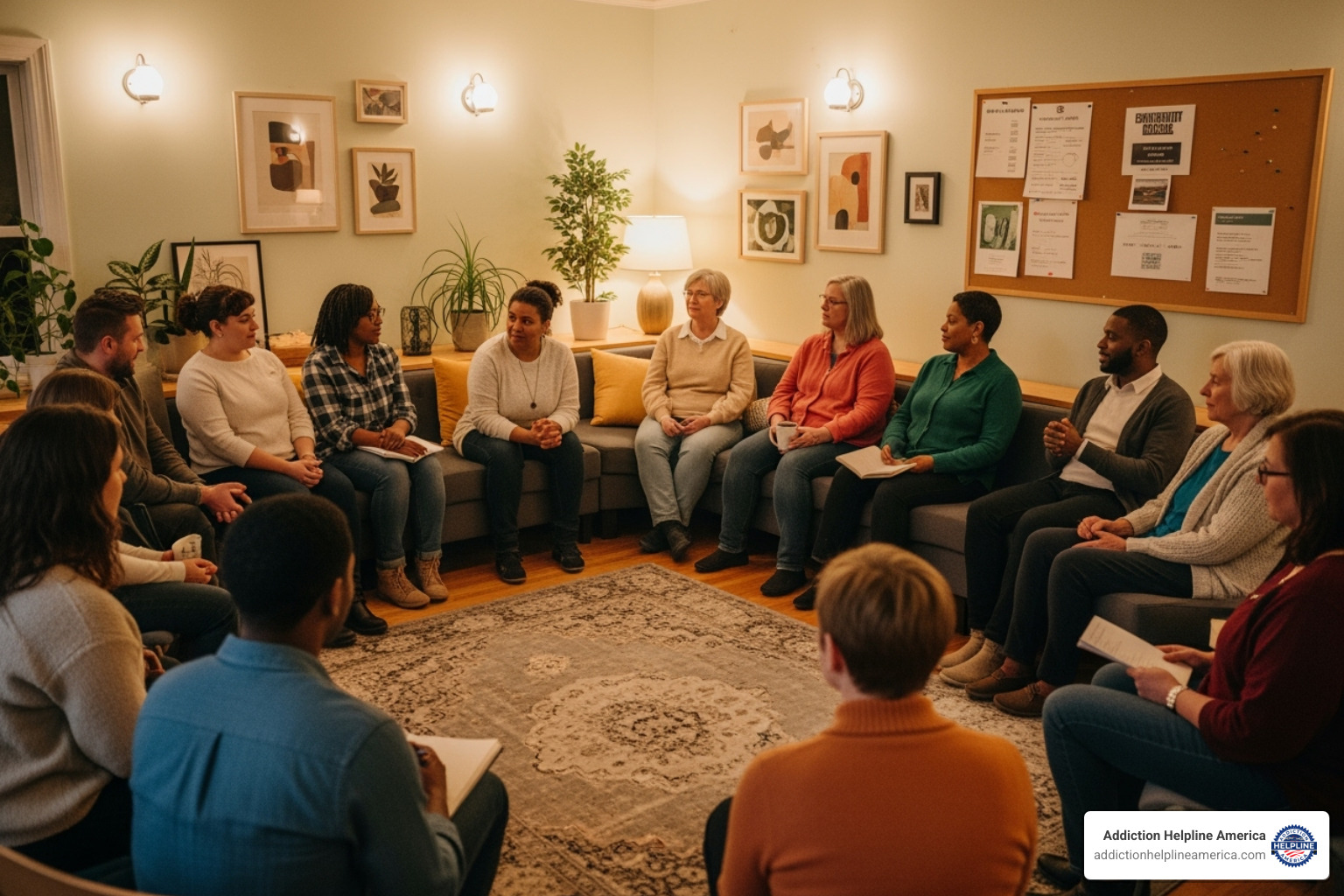
Choosing the right Top Alcohol & Drug Rehab Centers in Los Angeles, California is about finding what fits you. Recovery begins the moment you start asking questions and believing that change is possible.
This guide has shown you how to understand care levels, look for personalized therapies, verify accreditations, steer costs, choose the right environment, and prioritize aftercare. The key is finding a program that addresses your unique needs.
Recovery is absolutely possible. People across Los Angeles take this brave step every day. There is no single “right way” to recover—only the way that works for you.
At Addiction Helpline America, we understand this decision can feel overwhelming. We offer free, confidential, personalized guidance to help you steer your options. We’re here to listen to your unique situation and help you find treatment that offers the best chance at lasting recovery.
You don’t have to do this alone. Whether for yourself or a loved one, we can answer your questions, verify insurance, and connect you with appropriate Top Alcohol & Drug Rehab Centers in Los Angeles, California. The conversation is confidential with no obligation.
Take the first step today. Your future self will thank you for it.
Our helpline is 100%
free & confidential
If you or someone you care about is struggling with drug or alcohol addiction, we can help you explore your recovery options. Don’t face this challenge alone—seek support from us.
Programs
Resources
Will my insurance
cover addiction
treatment?
We're ready to help
Find the best
drug or alcohol treatment
center
Are you or a loved one struggling with addiction? Call today to speak to a treatment expert.


